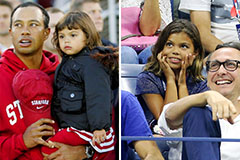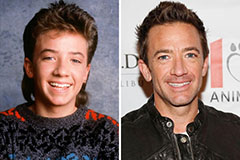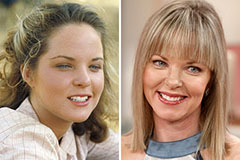A range of variables can affect night skies digital photography. From weather to upcoming holy occasions, you'll want to prepare in advance to make certain success.
How do you camp in windy conditions?
The shutter speed you select determines whether stars look like exact pin-points or path across the image. An excellent general rule is to limit the exposure to 500 seconds, or the matching of your lens's focal size.
Place
One of one of the most crucial factors in a good picture is where you take it. Go for places with minimal light air pollution, and prevent places that have bright city lights and skyscrapers.
Likewise, try to find an area that uses foreground elements to develop make-ups with. For instance, dune patterns, wind-sculpted ridges and rocky outcrops can all supply interesting foreground elements to aid tell the story of your evening sky photo.
It is additionally helpful to research huge occasions such as meteor showers and lunar eclipses to take advantage of opportunities for terrific images. Making use of a tool such as the Photographer's Ephemeris can be exceptionally beneficial when intending your shoots. It helps you to identify moon phases, Milky Way setting and various other expensive occasions. Also, consider shooting in RAW style rather than JPEG as this provides you extra adaptability when refining the pictures. This is specifically real if you intend to print your photos.
Camera Settings
Getting the best cam setups is important for any photograph, but especially so for night sky photos. A wide-angle lens is best for capturing more of the Milky Way and decreasing star trails, as well as a longer shutter speed to stop the movement of stars and reveal their information.
For an optimum level of clarity, shoot in RAW format instead of JPEG, which allows you to preserve even more information and gives adaptability throughout post-processing. This can additionally include in submit dimension, so make certain you have lots of storage area and additional memory cards available.
Set your focus to hand-operated concentrating by turning the AF/MF turn on your lens into MF mode. You may require to take a few test shots and check the image playback on your video camera's LCD screen till you attain best, identify hands-on focus. It's an excellent concept to do this throughout the day with your chosen lens and the location you will be contending evening, to confirm the accuracy of your emphasis setup.
Illumination
A good night sky photo calls for the ideal conditions. This includes a dark skies, yet likewise a fascinating foreground element such canvas camp as a mountain coming up, a lake to mirror the stars, or a human element like a barn or shed. You can also make use of a headlamp to illuminate the foreground and add some dramatization or deepness to your image.
One of the most crucial cam settings for evening skies photography are the aperture and shutter rate. The broader the aperture, the much more light that reaches the sensing unit. This enables you to capture intense stars in a relatively brief amount of time.
The shutter speed figures out whether your stars will be pin-point excellent or if they will certainly appear as celebrity tracks due to the Planet's rotation. Make certain to take several long direct exposure shots and stack them in post-processing for the very best outcomes. Lastly, shoot in RAW setting to provide on your own optimal latitude in post-processing.
Composition
The key to stunning celebrity shots isn't a premium telescope, a new wide-angle lens or a state-of-the-art Canon or Nikon video camera. It's strategy, planning and composition.
For beginners, scout your shoot place beforehand to obtain a feel for the layout and prospective compositions. Take into consideration incorporating foreground components such as rocks, a lake or alpenglow on the landscape to add personality and interest to your images.
Remember the Regulation of Thirds when composing your pictures. This straightforward principle aids balance and link images. It's additionally useful for concentrating on points of interest in your picture, such as rock features or the Milky Way. Additionally, remember to intend your shoots around moon phases-- capturing at a moon can overpower stars and create a silhouetted shape, while firing on nights with a new moon can assist you see constellations extra clearly.
Is a tent necessary for camping?

 Jonathan Lipnicki Then & Now!
Jonathan Lipnicki Then & Now! Michael Jordan Then & Now!
Michael Jordan Then & Now! Sam Woods Then & Now!
Sam Woods Then & Now! David Faustino Then & Now!
David Faustino Then & Now! Melissa Sue Anderson Then & Now!
Melissa Sue Anderson Then & Now!